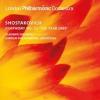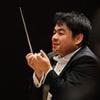
Finnish conductor Klaus Mäkelä made his Davies Symphony Hall debut last Thursday, April 28, leading the San Francisco Symphony in a concert featuring Shostakovich’s Symphony No. 10. Mäkelä is quite the rising prodigy among young conductors. Appointed principal guest conductor of the Swedish Radio Symphony when he was 21, he is now, at 26, also chief conductor of the Oslo Philharmonic — with which he has recorded the complete Sibelius symphonies, to be released later this year — music director of the Orchestre de Paris, and artistic director of the Turku Music Festival.
My mind turned to a previous occasion, nearly 15 years ago, when I heard another 26-year-old prodigy making his Davies debut conducting Shostakovich’s Tenth. There are differences, though. Unlike the shaggy and rather wild young Gustavo Dudamel, Mäkelä is sleek and natty, both in appearance and in musical approach. Tall and thin, with slicked hair, he was dressed in a narrow-cut tailored suit and brilliantly shining shoes, with a handkerchief neatly and conspicuously tucked in his breast pocket, where it stayed: no brow-mopping here.
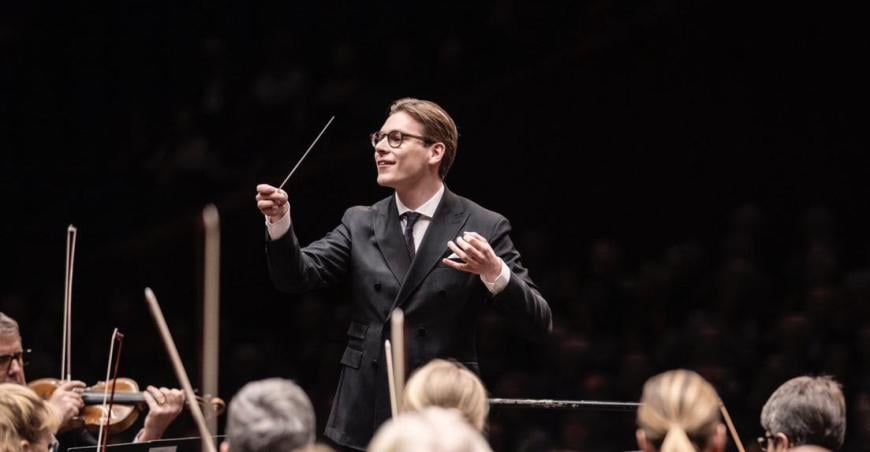
His Tenth was broad and expansive, distinctly slow in some of the quiet introductory passages. His physical movements were intense and expressive but controlled. Shostakovich tends to sneak crescendos on the listener, turning a quiet Adagio into a screaming climax without revealing quite how he got there. Mäkelä conducted with this feature in mind, carefully building the faster and louder sections into intensity without fiery devastation. Here his style most obviously differed from Dudamel’s, eschewing both abrupt tempo shifts and heavy punctuation in the climaxes.
The Symphony’s string texture was rich and carefully layered, another virtue particularly suited to Shostakovich, who tends to use more than the minimum number of string lines. It was in the winds that Mäkelä showed some distinctive eccentricity. Having oboes and clarinets add an emphatic bite in the form of a tiny crescendo at the end of held notes made odd little boxes out of some of the wind passages. Overall, the playing was smooth and well balanced, blending together the sections. Shostakovich does not often sound this refined.
The audience did not leap to its feet at the end of this sober and cultivated experience. It wasn’t as bouncing as Dudamel’s Tenth, nor as urgently propelled as Krzysztof Urbański’s here in 2017, but the performance was dramatic and dedicated enough to earn warm applause. I for one am happy to hear the Tenth as often as the Symphony cares to program it.
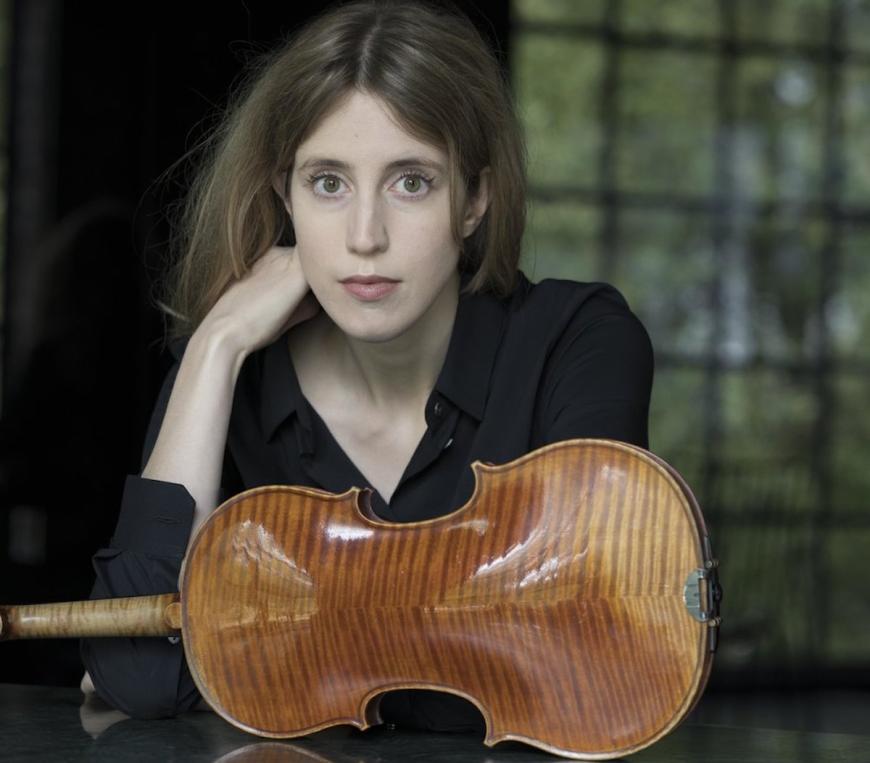
The other works in the concert displayed similar virtues. Vilde Frang, as tall, thin, and well-dressed as her conductor, though slightly older and Norwegian, was soloist in Alban Berg’s Violin Concerto. This was as gentle, warm, and lyrical a rendition as could be asked for of a work that already tends in that direction, having been composed as a memorial for Alma Mahler’s 18-year-old daughter, whom Berg had known well, and also — as it turned out — for Berg himself, who died only four months after completing it. Frang’s silky and long-breathed playing was quiet, even shy, yet always audible.
Jimmy López Bellido almost ran onstage to introduce his tone poem Perú negro, a work which proved as frisky as its composer. As the title suggests, the piece is inspired by rhythmic Afro-Peruvian folk music, though it’s not directly based on it. López found himself turning to his native music when living away from Peru, and produced this piece for large orchestra with lively percussive emphasis. This was my first encounter with Peruvian music, which has a distinct flavor while sharing strong family resemblance with other Latin American music. If less emphatically tuneful than Arturo Márquez’s Danzon No. 2 or José Pablo Moncayo’s Huapango, it’s a match for them or Alberto Ginastera’s Estancia in displaying Latin American instrumental color and rhythmic sizzle. Dudamel would bite this music off with enthusiasm.
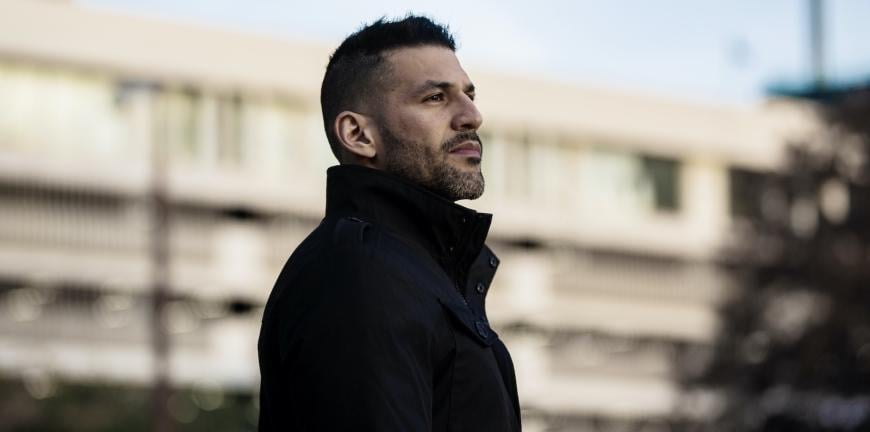
Mäkelä, however, conducted it with the same sober care that he gave to Shostakovich. The primary virtue of his interpretation was the instrumental balance. Neither the extensive percussion and timpani parts, nor the brass exclamations, detached themselves from the rest of the music. Everything, no matter how far-flung its timbre, merged together into an integrated whole. This showed great respect for the integrity of López’s composition. If not as wild or carefree a rendition as might be imagined, it lacked for neither intensity nor dedication.



